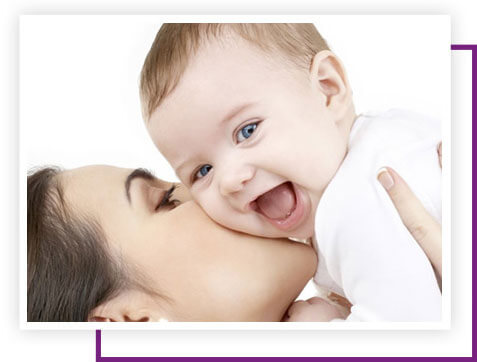The International Adoption Process and How Translation is Important For It
Last Updated On: December 30, 2021 by The Migration Translators

The International Adoption Process and How Translation is Important For It
The international adoption procedure for overseas adoption is through the Hague Process. In the U.S., for example, you are required to complete Forms I-800A and I-800 in order to complete adopting a foreign child. This means your international adoption of a child will come into the country either with an IH-3 immigration visa if adopting a child from overseas in a Hague nation, or an IH-4 immigration visa if the finalization of the adoption from abroad occurs in the U.S.
Using the non-Hague procedure for the international adoption procedure
If you were told to file Forms I-600 and/or I-600A so that you can complete the adoption from abroad, your international adoption will be for a child who originates from a nation that doesn’t have in force the Hague Adoption Convention. In this situation, your international infant adoption will result in the infant coming into the U.S. either on an IR-3 immigration visa which is specific to an adoption that has been finalized in a non-Hague nation and you (or it could be your spouse if you are married) saw the child before and throughout the adoption procedure or an IR 4 immigration visa if the adoption was approved in the U.S.
If your child fails to meet the requirements for either the non- Hague or Hague adoption procedure, you might be able to submit Form I-130, Petition for an Alien Relative, for international adoption on his/her behalf as the adopted child of a U.S. Citizen. Parents are required to accumulate two complete years of physical and legal custody and get full adoption of the child in order to qualify to submit to an I-130. Physical and legal custody can be accumulated in one time period or cumulatively throughout several periods. They can be accumulated during, before and following the international adoption.
The 2 years need to have been accumulated prior to the filing of Form I-130. In addition, the international adoption has to be finalized before the child has reached the age of 16 years his/her 18th birthday if the child is a biological sibling of another child that has previously been adopted or intends to adopt. Your newly adopted child will be given an IR-2 immigrant visa if s/he qualifies.
Amending a birth certificate after an international adoption
When a child is born, a birth certificate will be issued. This original birth certification will include unique information about the childlike time and place of birth, the baby’s height and weight recorded at the time of the birth, and the names of the child’s biological parents… After a child has gone through the international infant adoption process a new birth certificate will be issued which will have been amended to include only the names of the adoptive parents. The new birth certificate will include also the new name given to the child that is if the name has been altered.
The process of amending a birth certificate of an international adoption
As soon as the judge has given his/her approval for the international adoption application, the state should go ahead and issue an amended birth certificate. This is a slow process and you will have to request it if you want the issuing of the new birth certificate to be completed quickly.
The use of translations when adopting a foreign child
There are certain documents that always need translating when it comes to international adoption documents and these are:
-a letter showing the intention to adopt;
-a letter of commitment from the new parent showing they follow the country’s adoption rules;
-the international adoption agent’s certificate of approval;
-a marriage certificate belonging to the new parents;
-birth certificates belonging to the new parents;
-the license that the international adoption agency has;
-identification pages in each new parent(s) passport;
-divorce decrees, if applicable, of the new parents;
-the new parents FBI background checks;
-a medical exam reports for both new parents;
-letters showing the new parents’ income level and employment;
-financial statements showing the new parents’ assets;
-a letter was written by the parents’ bank showing they are in good standing;
-written evidence showing homeownership or lease confirmed by the landlord.
The importance of the translation of international adoption paperwork
All adoption papers are classified as legal documents and are records proving that the adoption is true and legal. Later on, in life adopted children may require their international adoption paperwork to prove who they are and where they came from so it is important that they are accurately translated not just for the purposes of immigration and citizenship but also to access other kinds of permits and licenses where identification is required. When adopting a child from overseas that child may need the translated adoption documents when filing an application for a driver’s license or to access health care. For these situations certified or notarized translated adoption documents might be required. Accurately translated international adoption documents may also be useful when in the following situations:
-enrolling in a college or university;
-filing an application for a driver’s license;
-filing an application for a passport;
-getting a marriage license;
-filing an application for U.S. Social Security entitlements.



